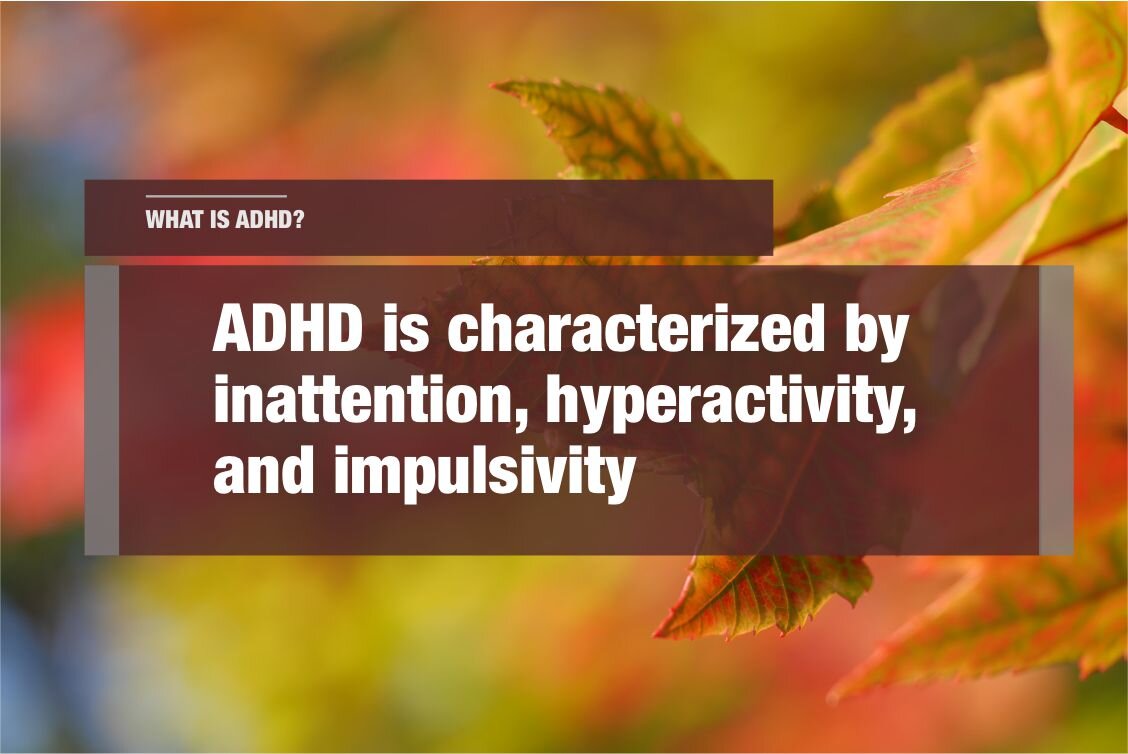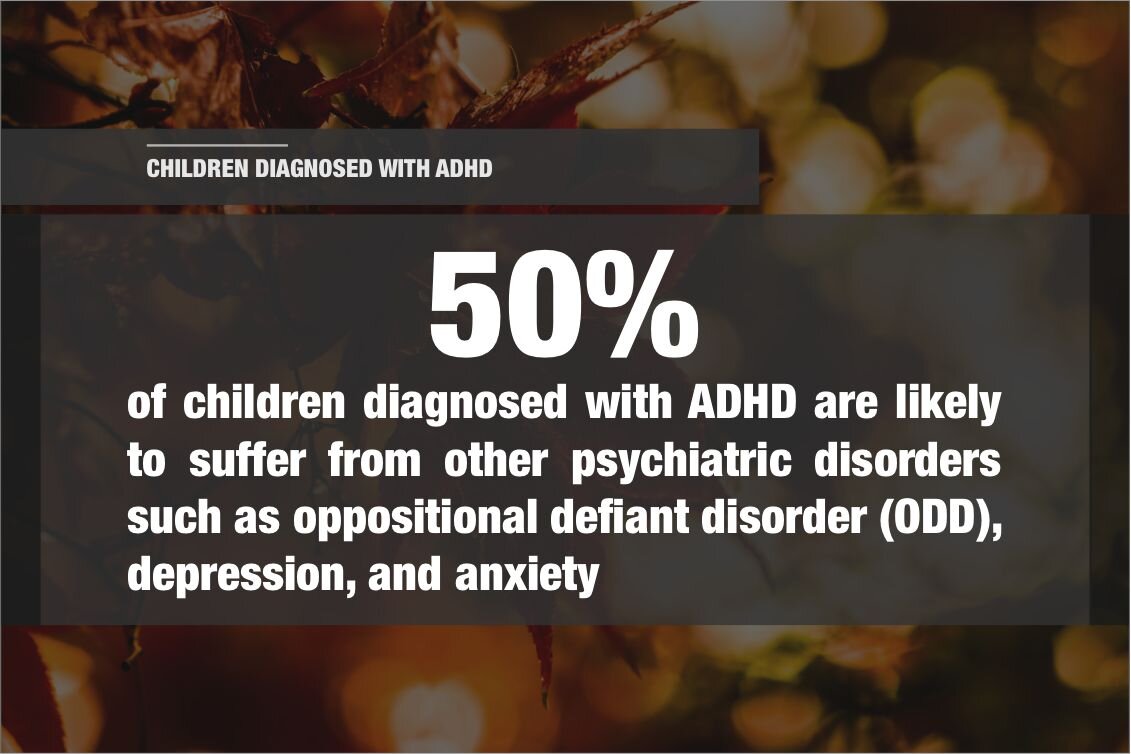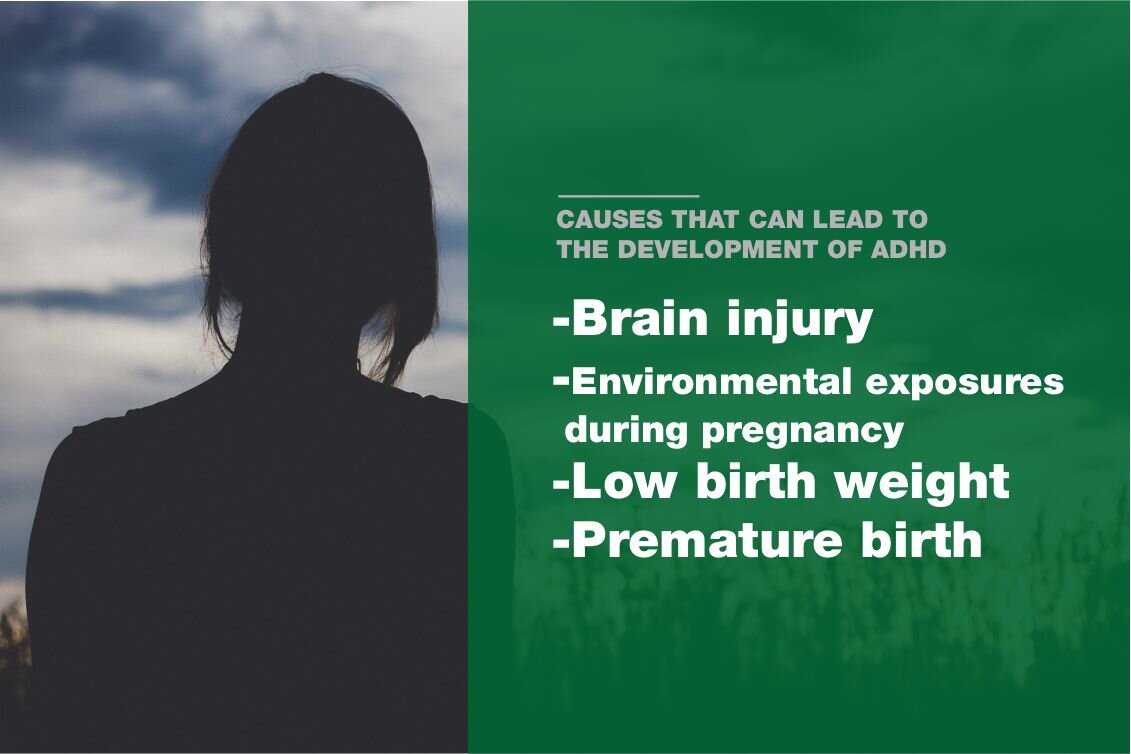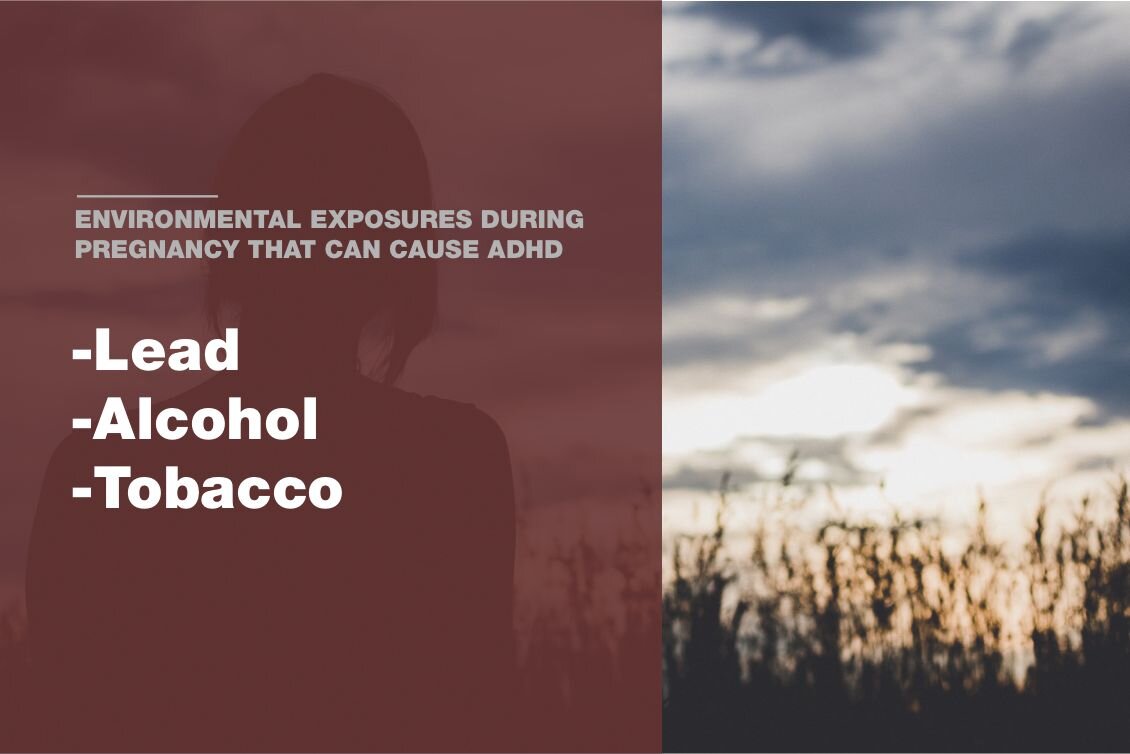What is ADHD
Attention Deficit/Hyperactivity Disorder is characterized by inattention, hyperactivity, and impulsivity. 50% of children diagnosed with ADHD are likely to suffer from other psychiatric disorders such as oppositional defiant disorder (ODD), depression, and anxiety (Afeti & Nyarko, 2017). There are three subtypes of ADHD, the first one being attention deficit disorder (ADD). The symptoms of ADD are predominantly lack of attention to detail, unorganization, difficulty finishing tasks, and challenges with following instructions and conversation. Children with ADD will get distracted easily. The second subtype is hyperactivity disorder (HD). This subtype of ADHD presents issues with sitting still, following instructions, restlessness, and impulsivity. Children with this subtype may run around more, interrupt often, and speak at inappropriate times. The last subtype is an integration of both subtypes and is called the combined type. Children diagnosed with this form present components of both subtypes, equally (“What is ADHD,” 2018).
What are the symptoms of ADHD
Children with ADHD may seem distracted (daydreaming, difficulty following a conversation). Additionally, the child may be forgetful. They may forget what they did during the day, or where they have placed objects. Children with ADHD will have trouble sitting still. The child may squirm, fidget, and be hyperactive. Children with ADHD may interrupt others often or speak at innappropriate times. The child may have a hard time maintaining relationships, not share toys with other children, take unnecessary risks, and make careless mistakes.
What causes ADHD
Genetics have been linked to the development of ADHD (Afeti & Nyarko, 2017). However, there are other causes that can lead to the development of ADHD such as brain injury, environmental exposures during pregnancy (i.e lead, alcohol, or tobacco), low birth weight, and premature birth. It has been speculated that watching too much television, eating too much sugar, and environmental factors like poverty or chaotic family dynamics are the cause. While these factors may exacerbate the symptoms in some children, not enough research has been conducted to conclude that these factors directly cause the development of ADHD (“What is ADHD,” 2018). High rates of ADHD in children with HIV or recently being treated for tuberculous meningitis have been found, but more research would need to be conducted to understand the association (Bakare, 2012).
Can ADHD be treated
ADHD can be treated in many ways. The two most common ways of managing the child’s symptoms are through behavioral therapy and medical prescriptions Additional resources such as parent training can be beneficial. Ensuring that the child gets adequate sleep and physical activity and has a healthy diet. Monitoring the child’s symptoms, following up with a physician and teachers will also help identify areas that need attention in managing the child’s diagnosis
What is the presence of ADHD in Africa
Researcher Afeti and Nyarko conducted a study in a primary school in Hohoe, Ghana. They found that out of 400 respondents, 51 students displayed signs of ADHD. This is a prevalence of 12.8%. For males the prevalence was 14.41% and for females it was 10.53% (2017). A systematic review found that the percentage of students with ADHD among children in primary school in Africa ranged between 5.4% and 8.7%. Children with HIV had a prevalence of ADHD of 88% and 100% of children that had been recently treated for tuberculous meningitis had ADHD (n =21). These results may not be easily generalized to all African children; however it does highlight that ADHD is not exclusive to western culture and may be associated with environmental factors and brain injuries (Bakare, 2012).
What is the global prevalence of ADHD
In a meta analysis done by Thomas et al., it was estimated that the global prevalence of ADHD is 7.2% (95% confidence interval of 6.7% to 7.8%) (2015). ADHD is one of the most common disorders in children and it been found to affect 3-12% of primary school aged children (Afeti & Nyarko, 2017). It has also been reported that males tend to have a higher prevalence than females. This could be physiological or due to the fact that girls may go underdiagnosed as their symptoms may be less severe, or because the male’s symptoms are more commonly characterized by aggression and impulsivity, so the ADHD is more pronounced (Mowlem et al., 2018). Higher prevalence in males than females was also found in studies in Africa (Bakare, 2012).
Works Cited +
Afefi, K. & Nyarko, S. (2017). Prevalence and effect of attention-deficit/hyperacticty disorder on school performance among primary school pupils in the Hohoe municipality, Ghana. Annals of General Psychiatry, 16(11). Doi:10.1186/s12991-017-0135-5.
Bakare, M. (2012) Attention deficit/hyperactivity disorder (ADHD) among african children: a review of epidemiology and comorbidities. African Journal of Psychiatry, 15, 358-361. doi:10.4314/ajpsy.v15i5.45
Mowlem, F., Rosenqvist, M., Martin, J., Lichtenstein, P., Asherson, P., Larsson, H. (2018). Sex differences in predicting ADHD clinical diagnosis and pharmacological treatment. European Children and Adolescent Psychiatry. doi: 10.1007/s00787-018-1211-3
Thomas, R., Sanders, S., Doust, J., Beller, E., Glasiou, P. (2015) Prevalence of attention-deficit/hyperactivity disorder: a systematic review and meta analysis. Pediatrics, 135(4), 994-1001. doi:10.1524/peds.2014-3482.
What is ADHD. (14 December 2018). Division of Human Development and Disease, Centers for Disease Control and Prevention. Retrieved from: https://www.cdc.gov/ncbddd/adhd/facts.html
The percentage of children in primary school in Africa with ADHD ranges from 5.4% to 8.7%
Among children infected with HIV, the prevalence of ADHD was 88%
100% of children(n=21) with ADHD had just recovered from tuberculous meningitis (an infection of the meninges in the brain)
45% of intellectually disabled children in Africa were classified as hyperactive
The most common co-morbidities of ADHD were oppositional defiant disorder and conduct disorder
















